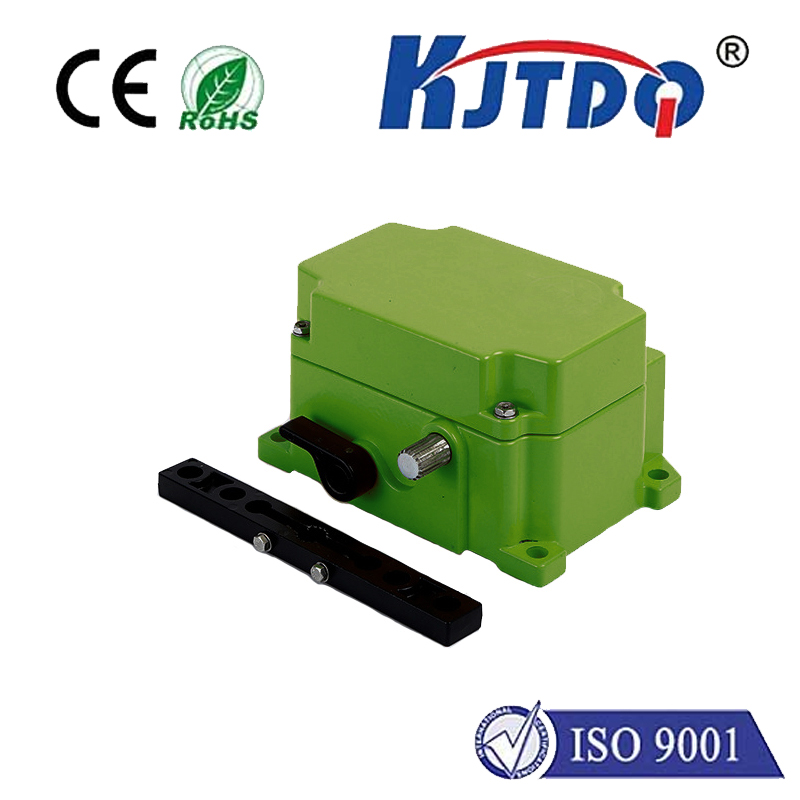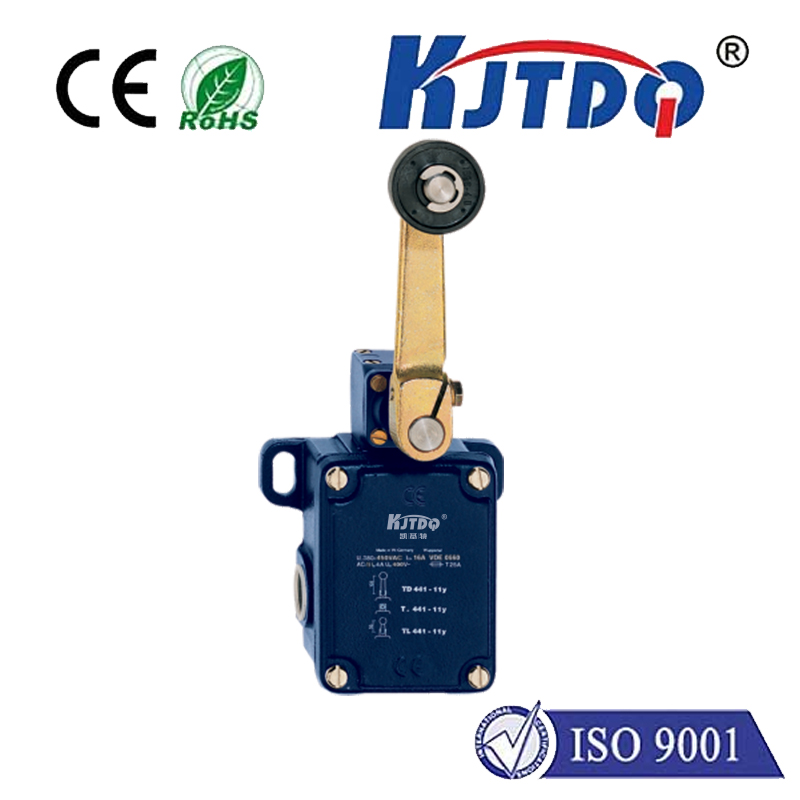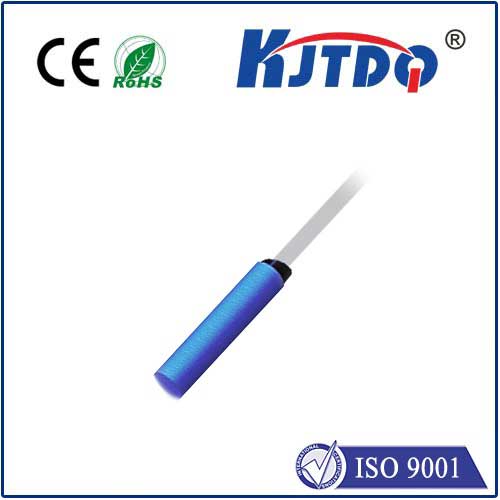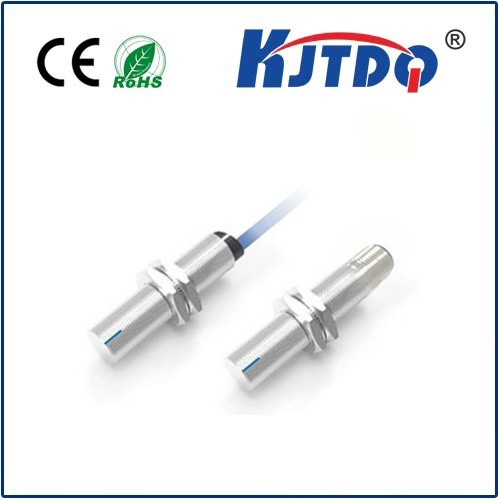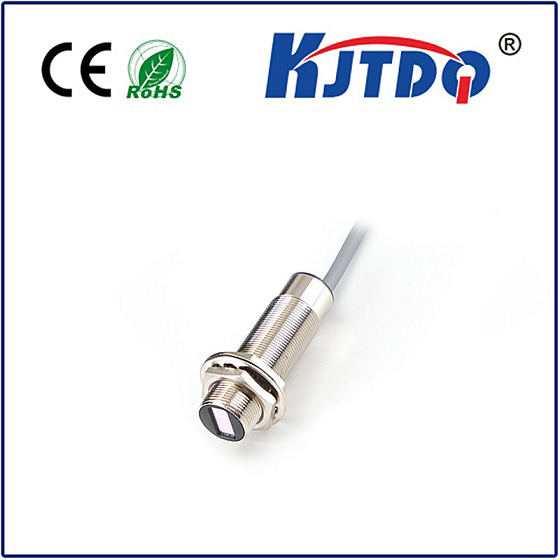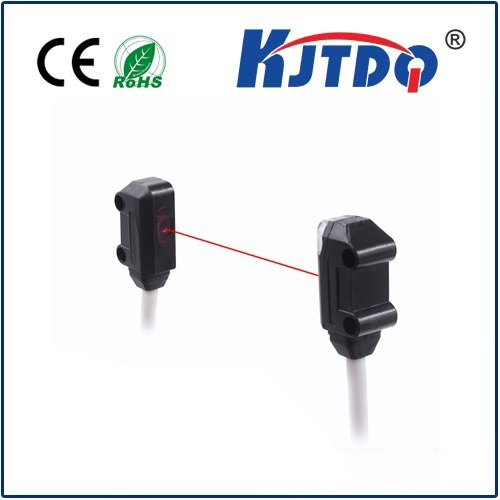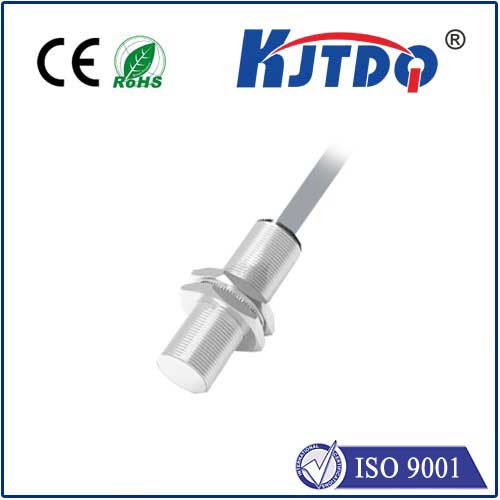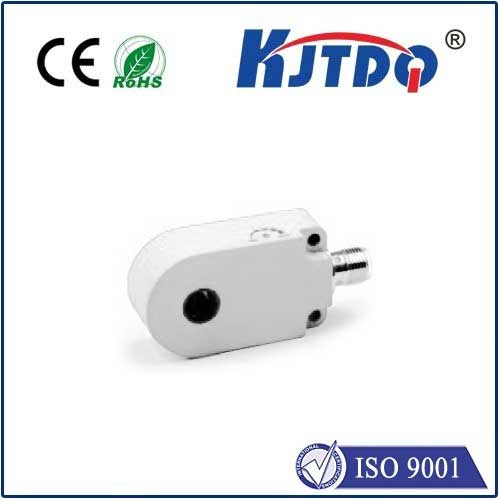
check

check

check

check
High Temperature Inductive Proximity Sensor: The Future of Precision Sensing
Introduction
In the ever-evolving world of technology, the need for precise and reliable sensors is becoming increasingly important. One such sensor that has gained popularity in recent years is the high temperature inductive proximity sensor. This sensor is designed to withstand high temperatures while providing accurate measurements, making it ideal for use in a variety of industries including manufacturing, automotive, and aerospace.
Working Principle

The high temperature inductive proximity sensor works on the principle of electromagnetic induction. It consists of a coil that generates an electromagnetic field when an alternating current is passed through it. When a metal object comes into close proximity to the sensor, it disrupts the electromagnetic field, causing a change in the output signal of the sensor. This change in signal can be used to detect the presence or absence of the metal object.
Advantages
One of the main advantages of using a high temperature inductive proximity sensor is its ability to operate in extreme temperatures. Unlike other types of sensors that may be damaged by high temperatures, this sensor is designed to withstand temperatures up to 230°C (446°F). This makes it ideal for use in environments where traditional sensors may fail.
Another advantage of this sensor is its accuracy and reliability. The sensor provides precise measurements that are not affected by factors such as vibration, shock, or contamination. This makes it ideal for use in applications where accuracy and reliability are critical.
Applications
The high temperature inductive proximity sensor has numerous applications across various industries. In the manufacturing industry, it is used to detect the presence or absence of metal parts during production processes. In the automotive industry, it is used to monitor engine components such as pistons and valves. In the aerospace industry, it is used to detect the position of landing gear and other critical components.
Conclusion
The high temperature inductive proximity sensor is a versatile and reliable solution for precise sensing in high-temperature environments. Its ability to withstand extreme temperatures and provide accurate measurements makes it ideal for use in a variety of industries. As technology continues to evolve, it is likely that we will see even more advanced versions of this sensor being developed to meet the needs of industries around the world.
